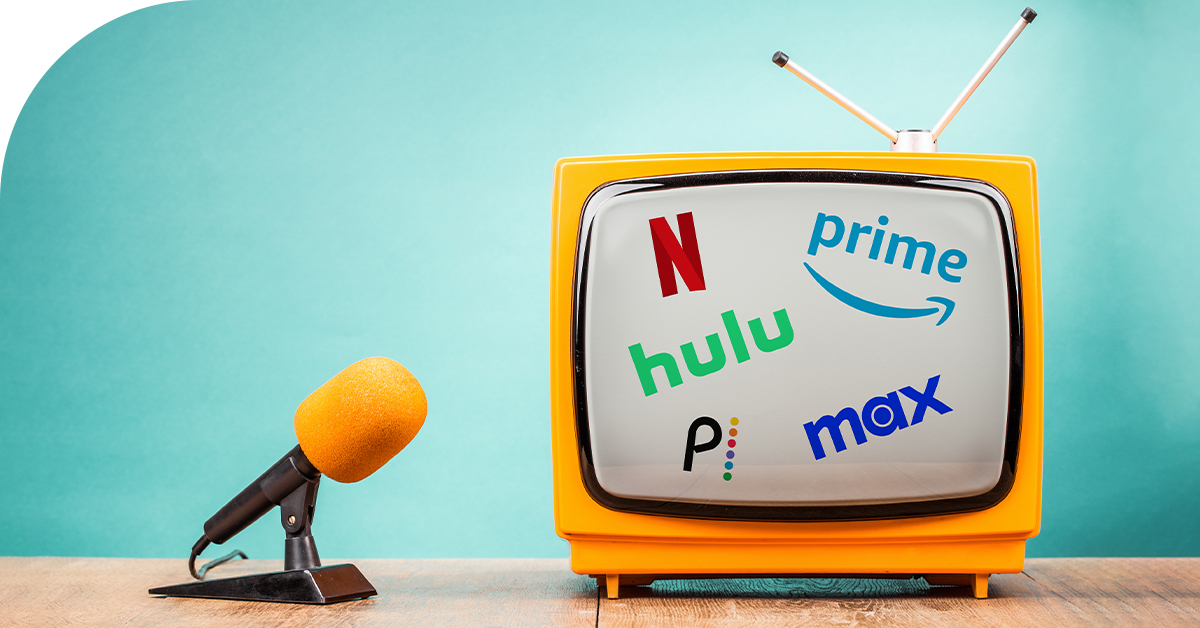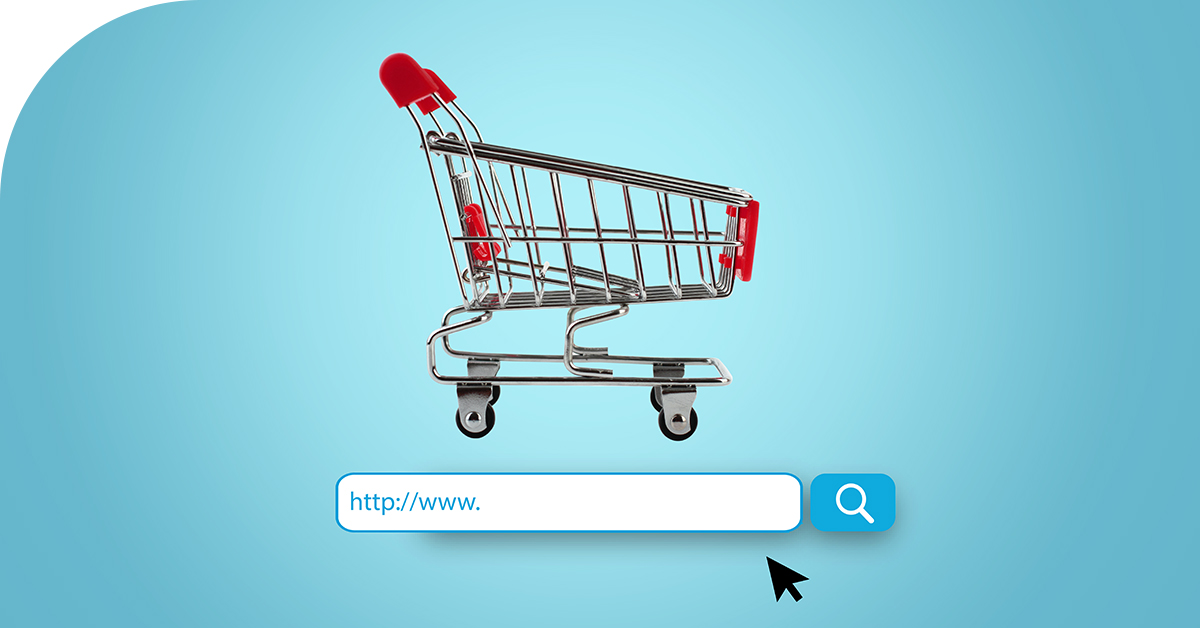Digital out-of-home (DOOH) refers to any media that’s displayed in environments that are viewable to the general public, such as digital billboards, screens found in businesses, shopping malls, and other highly-trafficked locations. These displays work in the same way traditional billboards and signs have for years, but with a lot more flexibility and ways to interact with them.
Jump to:
Traditional vs digital
Outdoor advertising has existed for hundreds of years, long before digital advertising burst onto the scene. Traditional out-of-home (OOH) advertising is easily recognizable as plastered billboards, painted signs, or even a plane flying overhead with a banner following. These out-of-home ads serve the same purpose and provide the same benefits today as they did a hundred years ago. Outdoor advertising has the potential to reach a large, broad audience with an impactful message.
Digital out-of-home advertising builds upon the same principles as traditional out-of-home advertising but with the addition of digital elements. DOOH uses digital screens to deliver dynamic content to the same large, broad audiences. The first example many people think of are the larger-than-life digital billboards found in high-traffic metropolitan areas. The main difference between the two is that with OOH advertising, the ad remains fixed with the same image over time, whereas with DOOH, the advertisement is on a digital screen that can show animated graphics and change displays throughout time.
Key advantages
On top of the dynamic and rich displays, DOOH creates a lot of unique opportunities for buying, measuring, and creating results that traditional OOH can’t provide.
- Reduced management and set-up costs: Traditional billboards must be printed and installed individually whenever they are changed. DOOH displays are able to be refreshed nearly instantly. The ability to update and change displays creates new opportunities for advertisers to reach specific audiences at specific times and only pay for what they need rather than paying for ad space displaying 24 hours a day.
- Dynamic content: DOOH displays allow for many different pieces of content to be programmed and shown on a regular basis. The variety of digital screens allows for greater creative freedom in terms of how you present your advertisements while increasing the chances of engaging customers in real-time.
- Detailed reporting: Just like regular digital ads, the reporting capabilities of DOOH are much better than traditional media. Like most other digital display scenarios, DOOH is able to report live playback, content schedules, and incident reports for the most up-to-date information on the ads displayed.
New DOOH ad spaces
Digital out-of-home ad spaces are cropping up more and more every day in more unique areas of life. While we can envision the massive animated displays of Times Square and the more subtle LCD screens in public transit hubs, there are still more opportunities available to reach new audiences with DOOH. One of the newest and most intriguing ad spaces is Uber OOH. These ad spaces are provided by Uber on their fleets of vehicles across the country. Utilizing their millions of drivers, Uber OOH enables advertisers to connect with their audience via real-time connected, street-level, high-quality digital screens on top of Uber vehicles.
Choozle’s digital out-of-home inventory partner includes some of the largest displays in digital advertising. This allows for much greater opportunity for creativity and enhancing visual appeal. The possibilities are nearly endless in terms of accessibility, creativity, and scale for any campaign. Choozle has access to almost half a million screens across North America. Including all different venue types, much more than just traditional digital billboards, like shopping mall kiosks, screens at gas stations, golf courses, waiting rooms, bars and restaurants. It’s an incredible opportunity for scale.
How to use DOOH effectively
Even though DOOH has a huge opportunity for impact, one of the first pitfalls when launching out-of-home campaigns is viewing it as a totally new channel outside of your current strategy. DOOH works best as a complementary service, particularly for higher funnel brand awareness stuff. Being too focused on very specific display venues, and particular screens within shopping malls is too granular for DOOH’s strengths in creating awareness.
One of the best complementary channels for DOOH to pair with is any geolocation-focused campaign. By utilizing DOOH as an awareness booster, your geolocated display or video ads will generate more engagement and feed more consumers into your lower-funnel tactics.
Digital out-of-home advertising is a great way to reach consumers and engage them in a way you never have before, making them a lot less susceptible to ad fatigue. Studies have shown that when people are out-of-home, they’re two and a half times more engaged than when they’re just viewing a screen in their own home. DOOH advertising is a really exciting channel to boost your awareness with ultra unique ad space. They’re out in the open in the public. It’s virtually 100 percent viewability. Everyone should have digital out-of-home on their radar.

About the author:
Zack is a Content Specialist at Choozle – Easy Digital Advertising®. Always learning and connecting the dots, Zack helps translate some of the tougher answers to simple questions marketers ask themselves. Outside of the office, Zack loves hunting for old vinyl to add to his collection and picking up garbage on his favorite walking trails.








